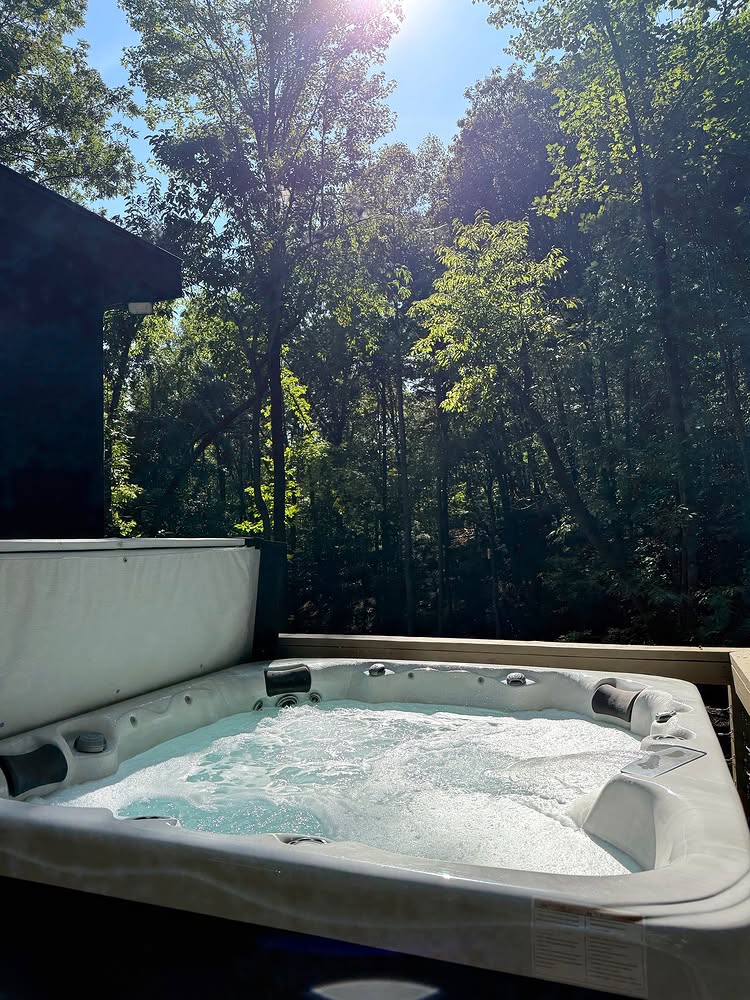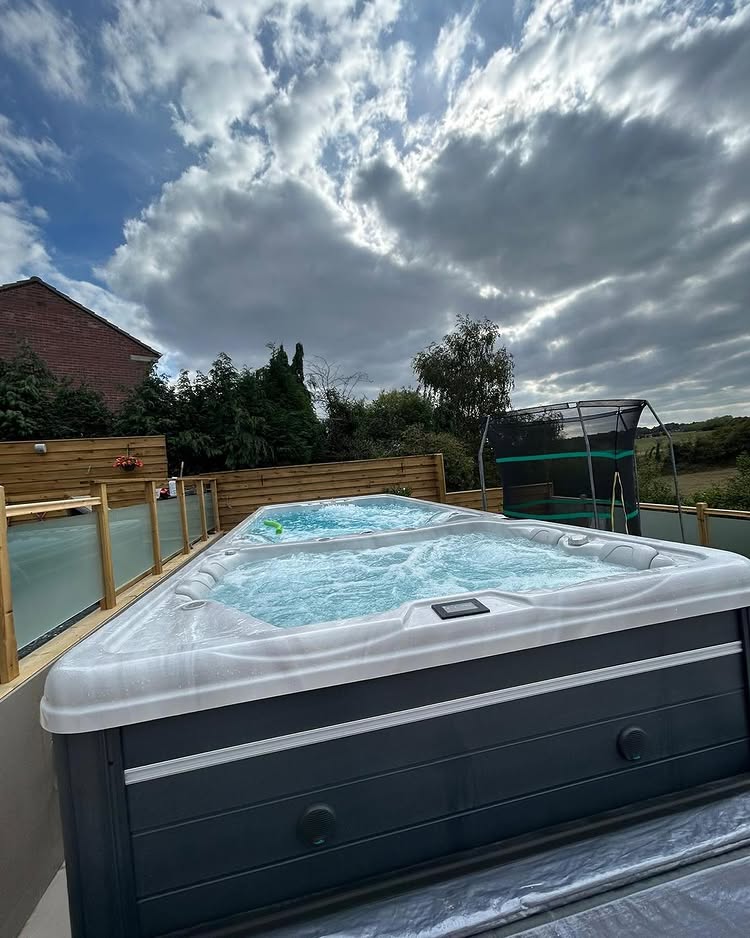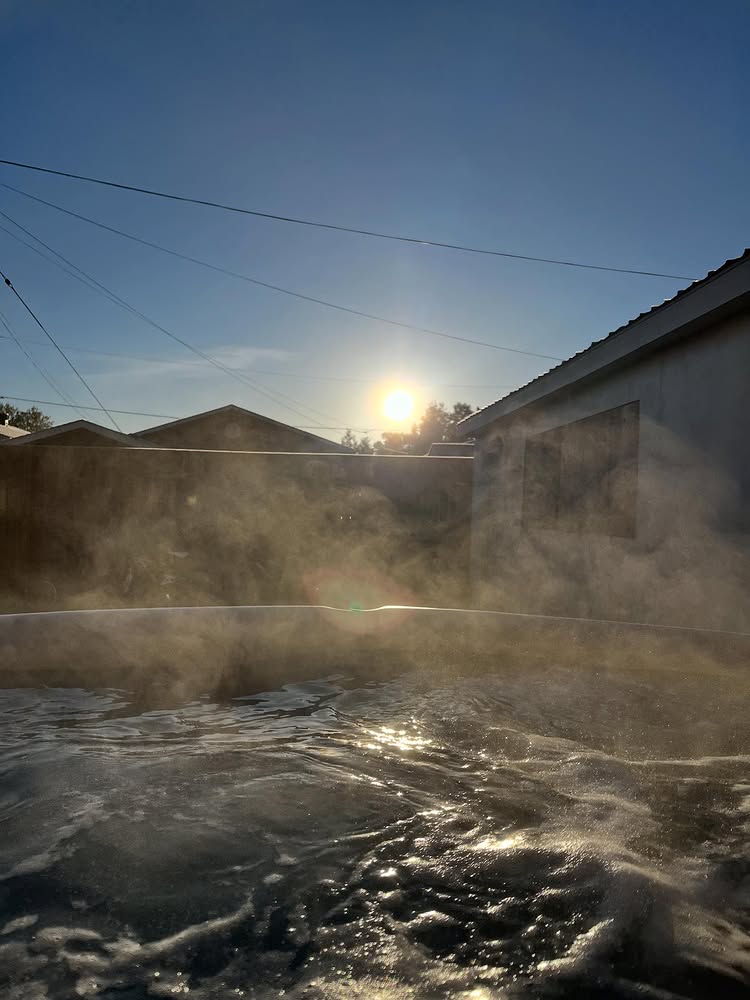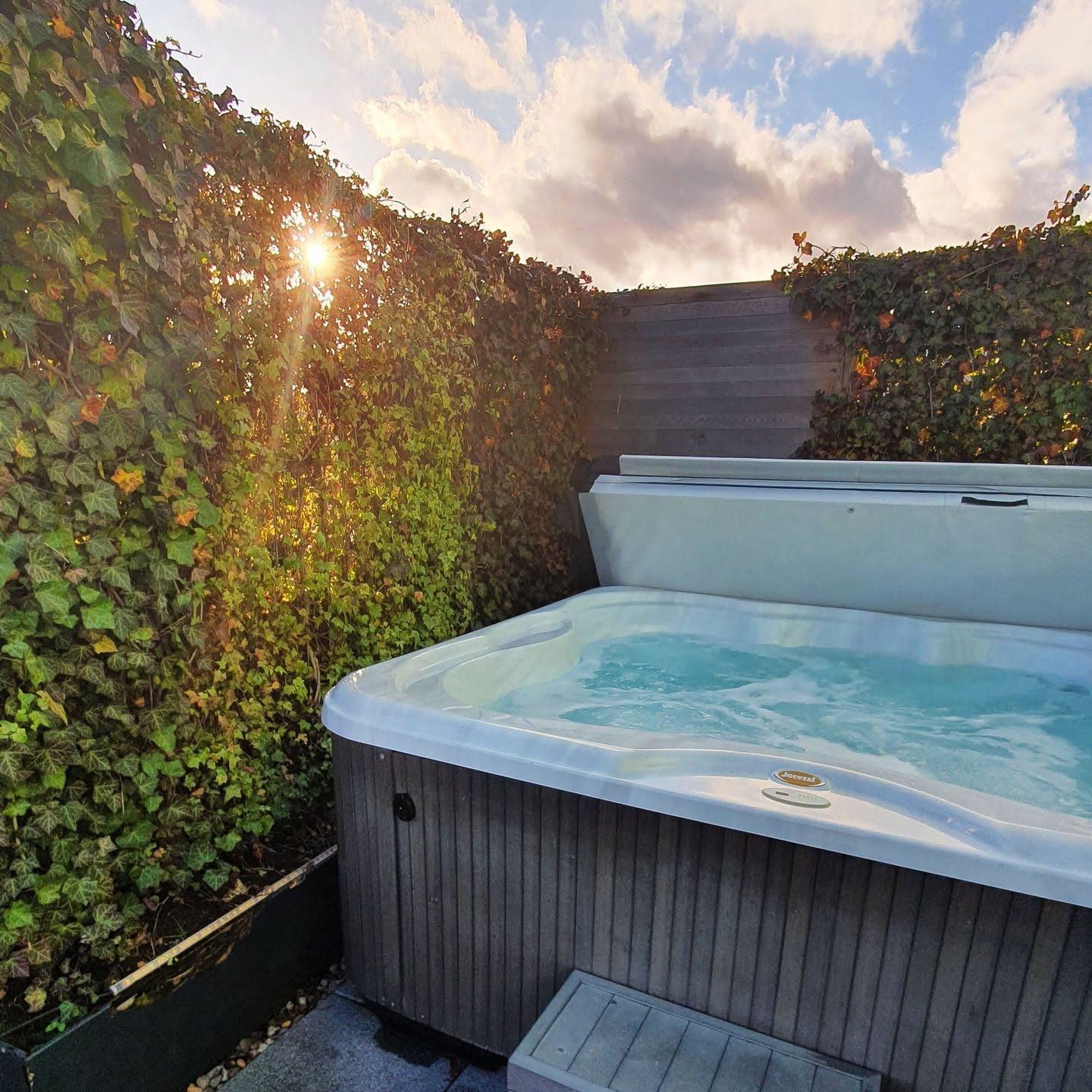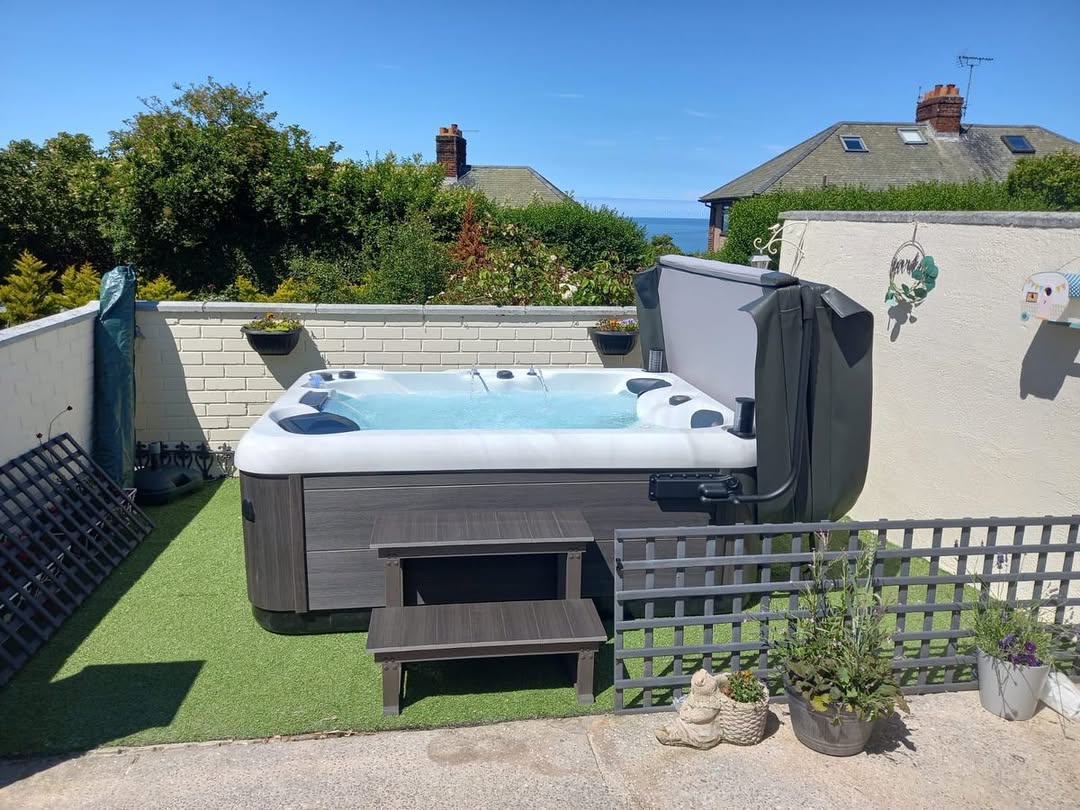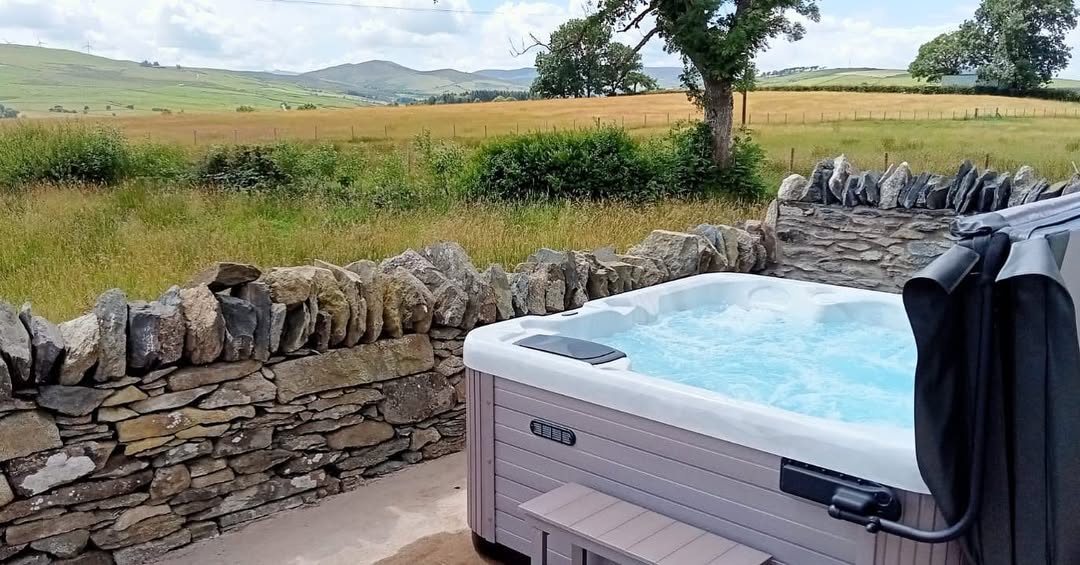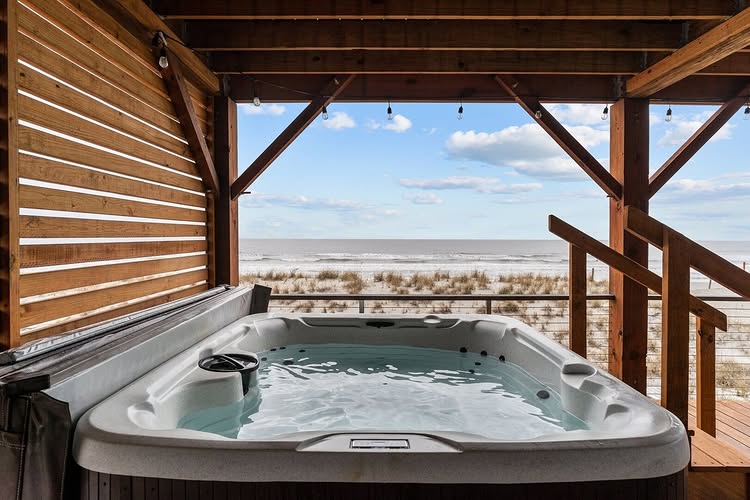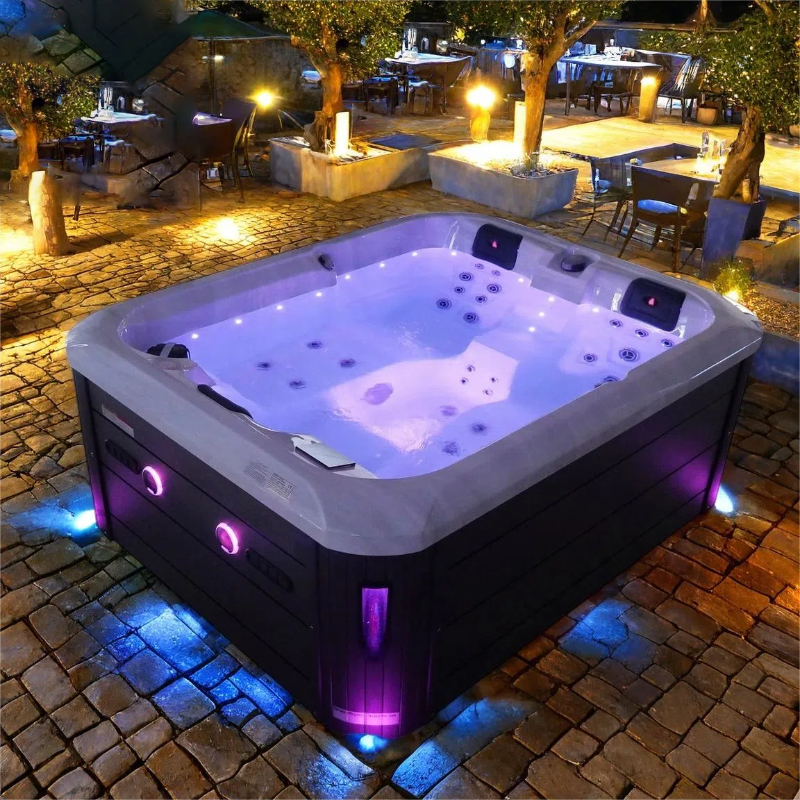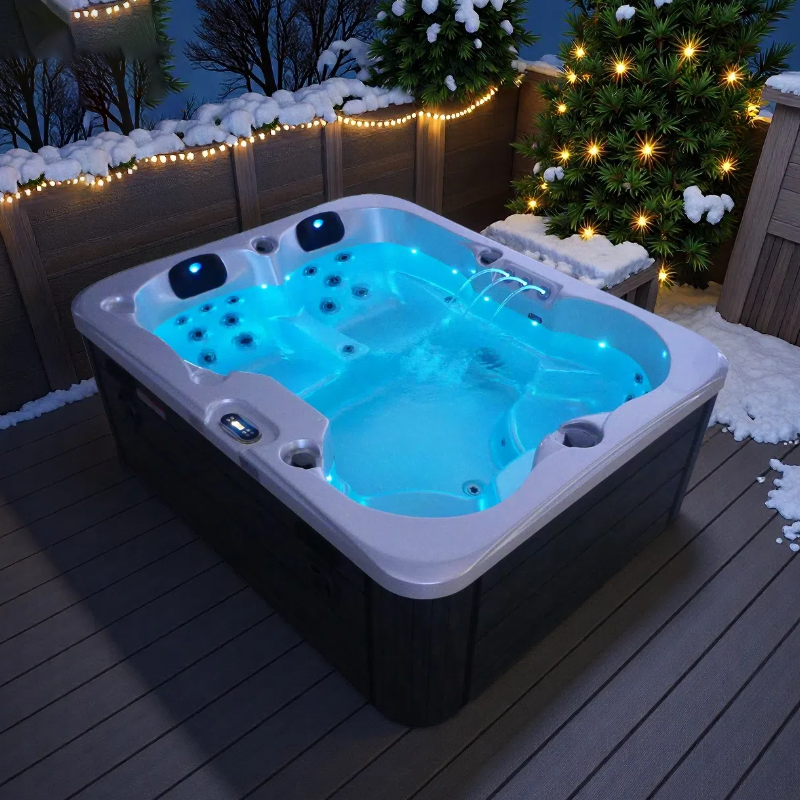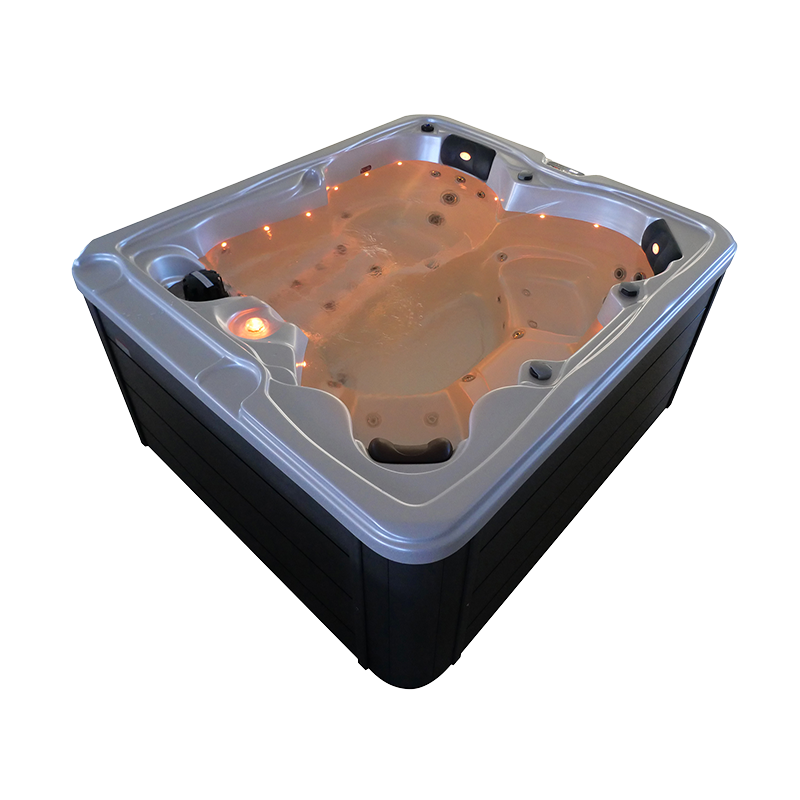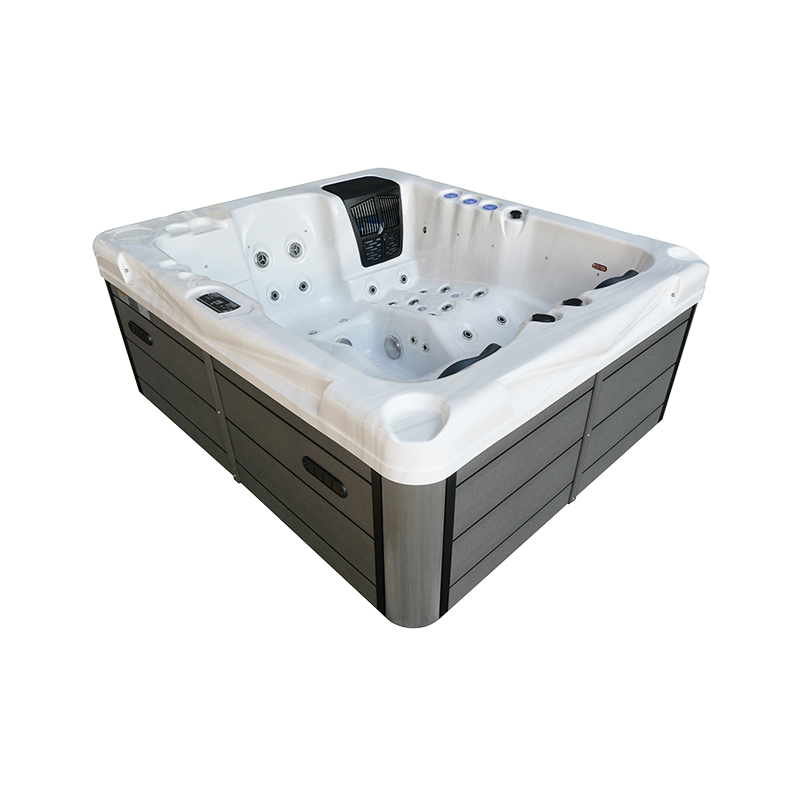Owning a hot tub is an exciting and relaxing experience, but it comes with a unique set of responsibilities—chief among them, water maintenance. One of the most important aspects of keeping your hot tub water safe and comfortable is maintaining a balanced pH level. If you’ve ever dipped a test strip into your hot tub water and noticed that the color indicator is off, you’ve probably wondered how to correct it.
A pH imbalance can lead to issues like cloudy water, skin irritation, and even damage to your hot tub’s components. Fortunately, lowering the pH in your hot tub is a relatively simple process that can make a big difference in the longevity and comfort of your soak. In this guide, we’ll break down exactly how to lower your hot tub’s pH, why pH levels fluctuate, and the key practices that will help you maintain consistent water chemistry. Additionally, we’ll explore the importance of alkalinity, common mistakes to avoid, and how to establish a maintenance routine to keep your water crystal clear.
By the end of this article, you’ll have the knowledge to not only balance your hot tub’s pH effectively but also ensure that your water stays in top condition for long-term enjoyment.
1. Understanding pH in Hot Tub Water: What It Is and Why It Matters
pH is a measure of how acidic or alkaline the water is. It ranges from 0 to 14, with 7 being neutral. Water with a pH level below 7 is considered acidic, while water above 7 is alkaline (or basic). The ideal pH for hot tub water is between 7.2 and 7.8. If the pH is too low (acidic), it can lead to corrosion of metal parts and damage to the hot tub surfaces. If it’s too high (alkaline), it can cause scale build-up, cloudy water, and ineffective sanitation.
Maintaining proper pH levels ensures that your hot tub’s sanitizer (chlorine or bromine) works efficiently, helps protect your tub from damage, and keeps the water feeling comfortable on your skin.
2. Why pH Levels Change in Hot Tub Water
Several factors can cause the pH in your hot tub to fluctuate. Common causes include:
- Heavy Use: Regularly using the hot tub, especially with multiple bathers, introduces oils, lotions, and body salts that can impact the pH balance.
- Rainwater: If rainwater enters the hot tub, it can alter the pH, typically making it more acidic.
- Water Additions: Adding fresh water to replace evaporated water or changing the water entirely can affect the pH balance.
- Alkalinity Imbalance: Alkalinity, which helps buffer pH fluctuations, often changes in tandem with pH. Low alkalinity can cause the pH to drop, while high alkalinity can lead to a higher pH.
Understanding these causes can help you stay proactive in monitoring and adjusting your hot tub water’s pH.
3. How to Lower pH in Your Hot Tub
To lower the pH, you’ll need to use a product specifically designed to reduce pH levels. Here’s how to do it:
What You Need:
- pH Reducer (pH-minus): These products are commonly labeled as pH reducer, pH down, or pH-minus. They are typically acids like muriatic acid or sodium bisulfate.
- Test Strips: These help you monitor your water’s pH level before and after making adjustments.
- Measuring Tools: A scoop or measuring cup to ensure you add the correct amount of pH reducer.
Steps to Lower pH:
- Test Your Water: Start by testing your hot tub water using a pH test strip. This will help you determine how much pH reduction is needed.
- Check Alkalinity First: Before adjusting pH, ensure that the alkalinity is between 80 and 120 ppm. Low alkalinity will cause pH to fluctuate, so balancing alkalinity first is crucial.
- Add pH Reducer: Follow the manufacturer’s instructions on the pH reducer product. Typically, you’ll need to add 1–2 ounces of pH reducer per 100 gallons of water to lower the pH by 0.2–0.3.
- Turn on Jets: After adding the pH reducer, turn on the hot tub’s jets to help circulate the water.
- Wait and Retest: Let the water circulate for 20–30 minutes and then retest the pH. If needed, repeat the process until the pH is within the desired range (7.2–7.8).
- Recheck Alkalinity: After adjusting pH, retest your alkalinity. If it has dropped, you may need to adjust it as well.
4. Common Mistakes to Avoid When Lowering pH
- Overcorrection: It’s easy to add too much pH reducer, which can lead to overshooting the ideal pH range. Always start with a small amount and retest the water before adding more.
- Not Checking Alkalinity: If alkalinity is off, adjusting pH won’t be as effective. Always address alkalinity first.
- Ignoring Manufacturer Instructions: Each pH-reducing product may have slightly different instructions. Always follow the directions provided to avoid problems.
5. How to Prevent pH Fluctuations in the Future
Consistency is key when it comes to pH maintenance. Once you’ve adjusted the pH, keep the following tips in mind to prevent future fluctuations:
- Regular Testing: Check your pH levels at least once a week and after heavy use.
- Cover Your Hot Tub: Use a cover to prevent rainwater from diluting or altering the water’s chemistry.
- Maintain Alkalinity: Regularly check and adjust alkalinity to help buffer pH changes.
- Use a Stabilizer: Consider using a pH stabilizer to minimize drastic swings in your water chemistry.
6. How to Create a Regular Hot Tub Maintenance Routine
A good maintenance routine can help you avoid drastic pH imbalances. Here’s a weekly checklist:
- Test pH and Alkalinity: Check both to ensure they are within the proper range.
- Clean the Filter: Remove and rinse the filter weekly to ensure it’s working efficiently.
- Shock the Water: Shock the water weekly or after heavy use to break down organic contaminants.
- Check Sanitizer Levels: Ensure that your chlorine or bromine levels are optimal for sanitization.
A well-maintained routine will ensure that your hot tub water stays clean, clear, and comfortable.
7. How to Maintain Proper Alkalinity in Your Hot Tub
As we’ve mentioned, alkalinity is closely tied to pH. To prevent your pH from fluctuating, it’s essential to keep your alkalinity in the right range (80–120 ppm). If your alkalinity is too low, your pH will drop, and if it’s too high, the pH will rise.
Steps to Balance Alkalinity:
- Test the Alkalinity: Use test strips to check the alkalinity levels.
- Adjust Using Alkalinity Increaser or Decreaser: If your alkalinity is low, add an alkalinity increaser. If it’s too high, add an alkalinity reducer.
- Retest and Fine-Tune: After adjusting, retest the alkalinity and fine-tune as necessary.
8. Why Is pH Balance Important for Hot Tub Health?
Maintaining proper pH balance not only ensures that your hot tub water is safe and comfortable but also protects the structure and components of your tub. High pH can cause scale buildup, which can damage the heating element, pump, and plumbing. On the other hand, low pH can cause corrosion, leading to costly repairs.
Additionally, proper pH ensures that your sanitizer works effectively, preventing the growth of bacteria and algae in the water.
9. Жиі қойылатын сұрақтар (ЖҚС)
1. How often should I check the pH of my hot tub?
You should check the pH at least once a week as part of your regular maintenance routine. If the hot tub is used heavily, check it more frequently to ensure it stays within the ideal range.
2. Can I use vinegar to lower pH in my hot tub?
While vinegar is acidic, it’s not recommended for lowering pH in hot tubs. It’s best to use a product specifically designed for hot tub water chemistry, as vinegar can lead to imbalances or damage over time.
3. What happens if I don’t lower the pH in my hot tub?
If your pH is too high or too low, it can lead to issues such as skin irritation, cloudy water, reduced sanitizer effectiveness, and potential damage to the hot tub’s components. Regularly monitoring and adjusting the pH will keep your hot tub in optimal condition.
Қорытынды
Maintaining proper pH levels in your hot tub is crucial for both the longevity of your equipment and the enjoyment of your spa experience. By following the steps outlined in this guide and establishing a routine, you can ensure that your hot tub remains a safe and relaxing environment for years to come. If you’re ever unsure or need assistance, don’t hesitate to reach out to your local hot tub retailer for expert advice and support. Happy soaking!

